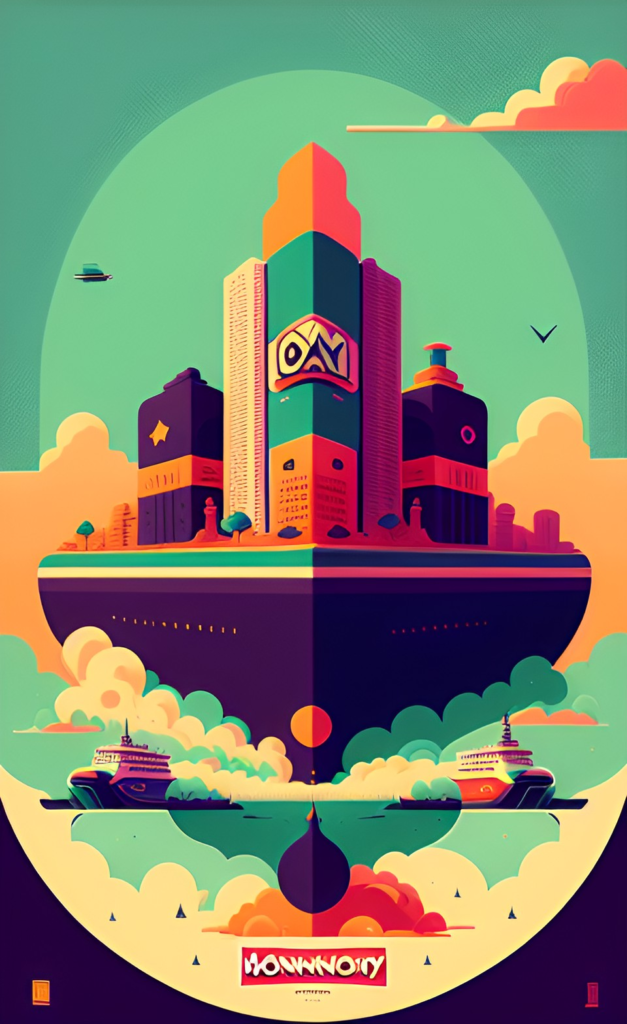In the twisted tapestry of reality, bad things morph into something strangely alluring, while the notion of “good” crumbles like sand through your fingers. A gnawing hunger for the unconventional whispers through your soul, urging you to claim your giant bag of tainted treasures. As the old paradigm becomes a worn-out record, it’s time to seek refuge in a realm of esoteric epistemology, where the rules unravel and reassemble like a fever dream. This stage is over, and the curtains part for a new act in this surreal theater of existence.
With your bulging bag of ill-gotten gains in hand, you embark on a journey beyond the confines of ordinary consciousness. Leaving behind the constraints of mundane existence, you set your sights on a place where reality bends and stretches like a cosmic pretzel. It’s a quest for a haven where different “equipment” is required—perception shattered, senses rewired. You yearn for a twilight zone of the mind, where the boundaries of the known blur into a mosaic of possibilities.
Farewell to the monotonous dance of black and white. The shadows beckon, and the surreal hues of the unknown await your embrace. In this dream-woven land, what was once labeled “bad” is a paradoxical delight, and the illusory veil of “good” dissolves like smoke in the wind. The paradigms you once held crumble like old ruins, paving the way for new paths of understanding.
In this twilight zone of perception, where perception becomes deception, you trade in your old lens for a kaleidoscopic view. Through the haze of uncertainty, you seek the enigmatic and the bizarre. The journey of transformation begins, and the boundaries between self and other blur into a haunting dance of identity.
Retirement is but a myth in this realm, for time itself folds like origami. The moments linger and elongate, and the past and future intertwine like serpents coiled around a tree of wisdom. You find yourself a traveler in the liminal spaces, where chaos and order engage in an eternal tango.
The search for truth, or some semblance of it, leads you down crooked alleys and across desert landscapes. The answers you seek are elusive, the riddles labyrinthine. Yet you revel in the mysteries, for the journey itself becomes the destination, and the quest for knowledge becomes a dance with madness.
As you step into this alternate dimension, the known and unknown dance together in an intricate symphony of absurdity. You relinquish the mundane for the surreal, and the edges of reality blur like watercolors in the rain. The giant bag of take money becomes a mere artifact of the old world—a talisman of a journey now left behind.
So, onward you travel, dear traveler, through the twisted realms of existence. Seeking not answers but questions, for the enigma is the key to unlock the doors of perception. In this land of metamorphosis and alchemical wonders, you find solace in the unfathomable and embrace the chaos of the unknown.

